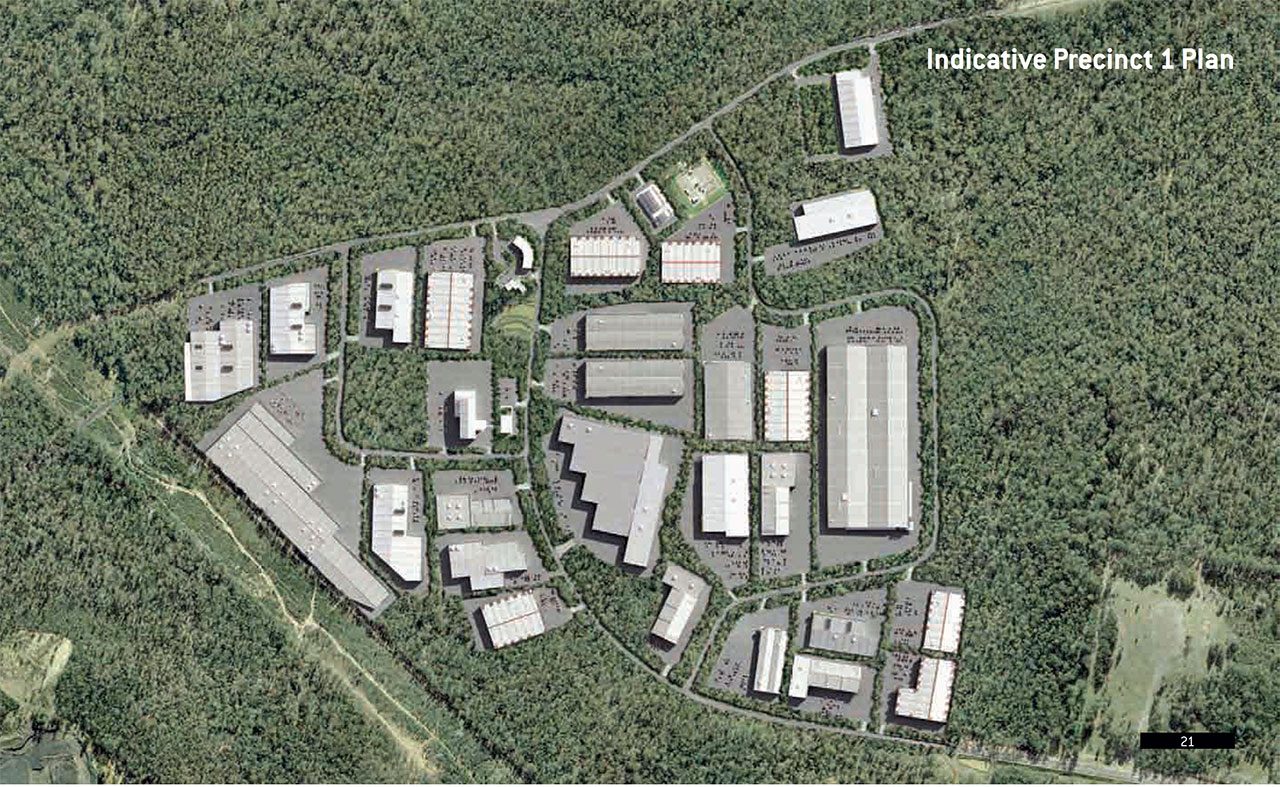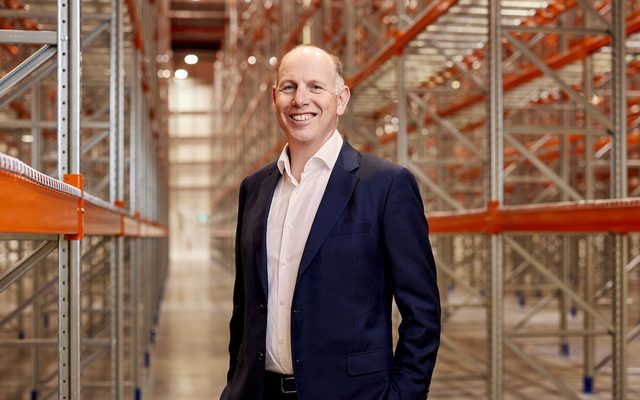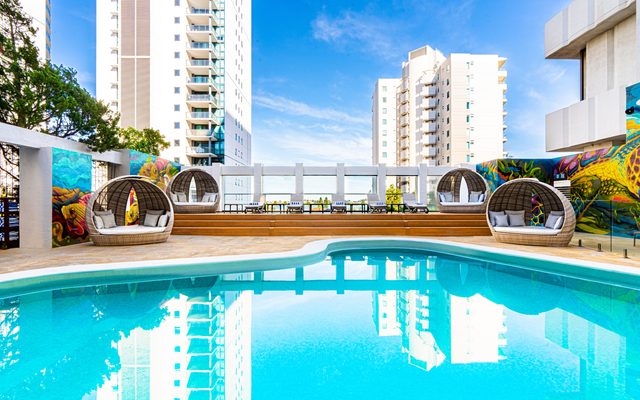This article is from the Australian Property Journal archive
HUNTER Valley is set to become home to the country’s largest WELL accredited community, with the former mining district becoming the most sustainable city in Australia.
The community, to be built in New South Wales’s Hunter Economic Zone (HEZ), will be a project between HEZ and Delos worth more than $50 million.
The project will deliver over 3,500 homes and units and more than 800 commercial and industrial buildings on a 3,200-hectare site, with around 70% of the land dedicated to forest and rural land.
Significantly, the community will be built to meet International WELL Building Institute (IWBI) certified standards.
The Hunter Investment Corporation, which owns HEZ, has previously revealed plans for HEZ that includes the world’s largest new grid-scale battery facility, with a capacity of 1200-megawatts, as part of its broader vision for sustainability in the area.
“The Hunter Economic Zone will be the first sustainability-driven WELL-community of its kind in Australia and will elevate modern living and workplace expectations,” said Frank Cavasinni, chairman of Hunter Investment Corporation.
“Our partnership with Delos Australia means all 4,300 buildings within the development will be fitted with advanced wellness technologies and adhere to best practice processes that help to improve the health of every indoor space,” added Cavasinni.
Within the masterplanned estate, all homes will feature Delos’s DARWIN Home Wellness ecosystem, that works to enhance indoor conditions by optimising air, light and water sources.
This will include Indoor air quality monitors and advanced HEPA air purification units, installation of circadian lighting and three-stage water filtration units.
“Our new partnership with the Hunter Economic Zone is a game changer for the development sector and will benefit the landmark project’s end-users for generations to come,” said Bill Giannikos, president of Delos Australia.
Certification from IWBI, will ensure health and wellbeing conditions though third party infrastructure performance audits, design interventions and operational protocol vetting.
Further pushes for wellbeing will include an integrated 18km network of walking and bicycle tracks throughout the community.
“Nothing of this scale has been undertaken in Australia before and we are proud to have partnered with the Hunter Investment Corporation to deliver the country’s largest WELLcommunity,” concluded Giannikos.
Construction on the community is set to commence in late 2021, and is expected to create more than 15,000 jobs over the next decade.




